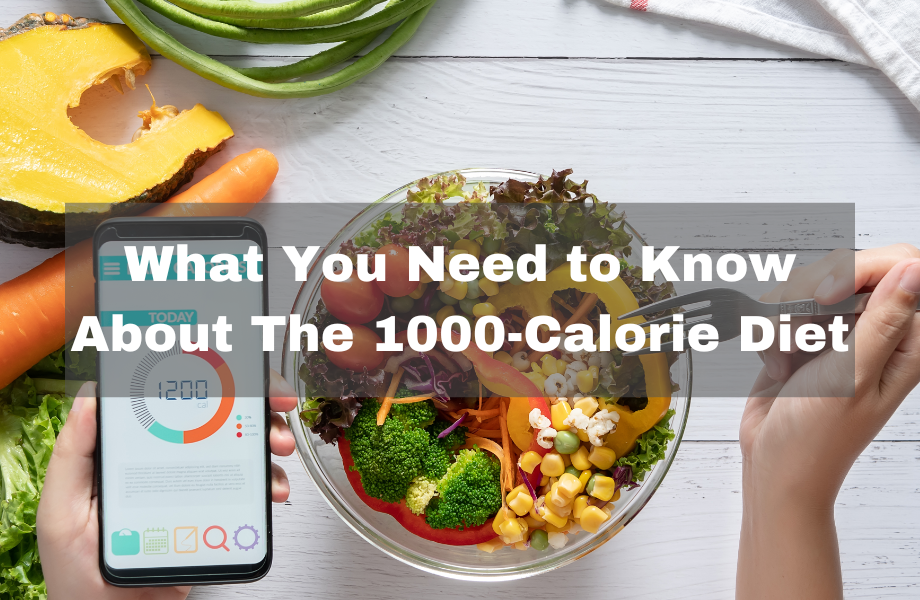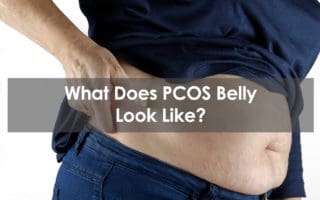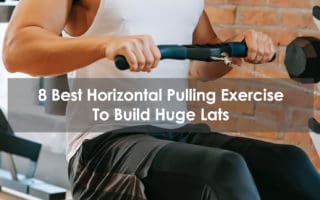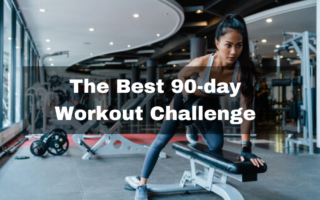Crash diets are not a new subject in the weight loss and health industry. One of the more popular diets to come back around is the 1000-calorie diet. But not everyone knows exactly what that means. Can you eat any 1000 calories during the day? Do they have to be broken up into different meals?
Understanding what calories are is crucial to this diet. Not all calories are created equal, and this is the type of diet that may work short term but then fail long term if done improperly.
Let’s explore.
What is a Traditional Approach to the 1000-Calorie Diet?
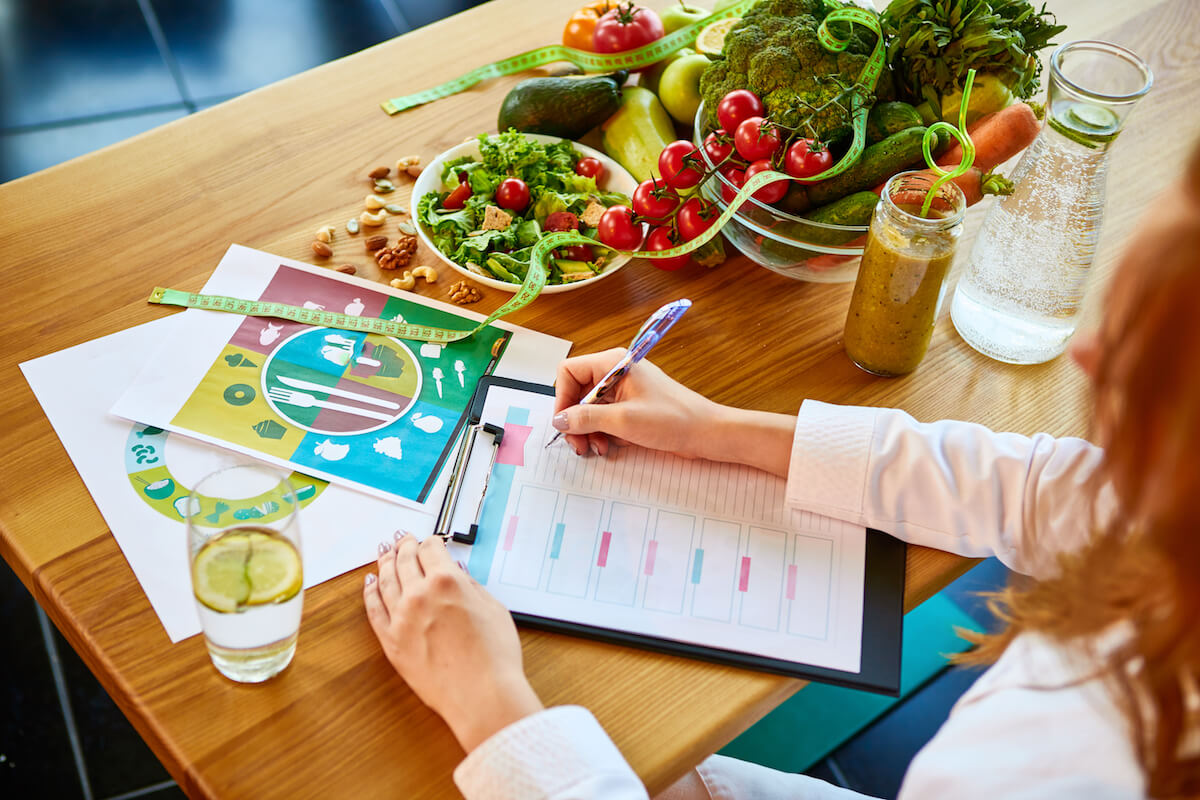
The 1000-calorie diet cuts your daily intake of calories significantly so that you are burning more than you are putting in (1). It’s a simplistic way of looking at weight loss. Naturally, you would eat no more than 1000 calories per day.
For perspective:
- The average woman burns between 1,600 and 2,400 calories a day.
- The average man burns between 2,000 and 3,000 calories per day.
The amount of calories in a pound is 3,500. So by restricting their intake to 1000 calories, men could lose anywhere between 600 and 2,000 calories on average daily. For men that burn 3,000 calories daily, that is just over a pound in two days.
Keep in mind that this is also pre-exercise if there is any at all. Women are recommended to eat 2,000 calories a day, while men are recommended to eat 2,500.
When it concerns a traditional 1,000-calorie diet, there are recommended times to eat, and follows of the plan says to choose your calories carefully.
Calories and the 1000-Calorie Diet
This diet is a go-to when people need to lose weight quickly. We often see people doing it before vacations, weddings, and so on. Doctors don’t recommend it because it is only sustainable for a short period of time. It often results in gaining more weight in the end than you started with.
Your body needs calories to maintain its regular metabolism function. Different vitamins and nutrients are derived from different food groups. All of them play an important part in our digestion and our immunity. The 1000 calories diet often cuts a lot of these nutrients out.
For instance, if you just want to have 1 slice of cheesecake that costs you nearly 1000 calories per day, that’s all you would be able to eat. Your body would starve and hold onto the fat, thinking it’s in survival mode. This is different than three meals rich in protein and healthy fats.
Foods to Include in Your Diet
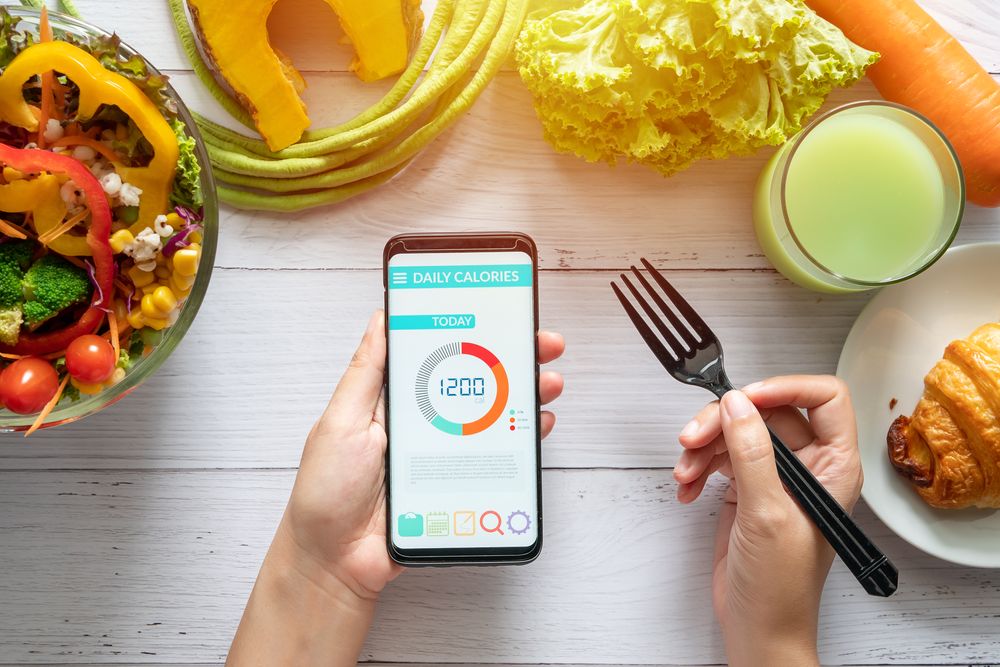
So it’s worth knowing what foods will help you if you pursue this diet and what foods can hinder your progress. This may seem contrary to the title, but you need to eat a lot of food that is not low in calories to ensure your ultimate safety.
- Eat all the leafy greens you can. These provide tons of vitamins, minerals, and fiber. They are also incredibly low in calories.
- Vegetables such as carrots, broccoli, cauliflower, tomato, etc. You will never go wrong with eating various vegetables that pack nutrients and vitamins.
- Chicken is a great source of protein and is low in carbs and calories.
- Fish and seafood are other sources of protein that is lean and good for you.
- Eggs are a good breakfast food that doesn’t have a lot of calories but protein for the morning.
It’s important that when you are eating these foods, you don’t dress them up in any way. Seasonings are the only thing that doesn’t add additional calories but helps with flavor. However, salt usually isn’t recommended because of water retention.
Food to Avoid in the 1000-Calorie Diet

To elaborate a little more on before, not all calories are the same. If you choose to eat just one high-calorie meal, your body will be confused and think it’s starving. In this case, the body tries to hang onto fats and carbs for energy conservation. This is where the term skinny fat comes into play. You may be skinny, but your body may have a high-fat percentage.
That’s why it’s important to avoid certain foods in this diet if possible.
- Sugars in desserts and drinks should be eliminated if you are following this diet. This would account for the majority of your calories.
- While some fats are good for you, they are also high in calories, so avocados, butter (including peanut butter), and oils will take up a lot of space in your diet. This doesn’t mean that they are unhealthy.
- Fried food or processed food should also be cut. Pizza, cheeseburgers, french fries, and all the foods like this won’t serve you much.
- Limit dairy intakes, like cheeses that are high, and fats and oils.
Safety Tips For Weight Loss and this Diet Plan

You may be figuring out now that there isn’t much that works for this 1000-calorie diet pan. That’s why it’s important to follow safety tips and not starve yourself. The line can get blurry.
1. If you ever feel like you may pass out with signs of blurry vision, exhaustion, ringing ears, and lightheadedness, immediately sit down and eat something. Drinking something with salt and sugar is also recommended.
2. Never skip a full day of eating. Even if you overeat one day, it is important not to overcompensate by skipping meals. This leads to crash dieting.
3. Drink plenty of water. Dehydration adds up with limited food and can cause illness.
4. If you are exercising, keep track of the calories you are burning and allow yourself to refuel. Exercise and extreme crash diets can result in injury. Use an app like MyFitnessPal to help you out.
5. It doesn’t hurt to consult a nutritionist if you feel like your body may be lacking a certain vitamin or struggling with a deficiency, to begin with.
What is crash dieting?

Crash dieting is when you do a very low-calorie diet. It’s also referenced in some cases called semi-starvation. Crash diets typically are not recommended by any doctor because the diet is not sustainable. Ultimately we get hungry and end up crashing and overeating. This results in more weight gain and digestive issues.
1000 Calorie Meal Plan Example

If you are interested in doing the 1000-calorie diet, here is a “safe” meal plan you can follow to do it correctly. It’s hard to find a lot of substitutes for this kind of meal plan because there are not a lot of options when it comes to eating and the 1000-calorie diet. However, if you can find foods that have the same caloric and nutritional value, by all means, change them up.
Breakfast:
1 egg
1 slice of whole wheat bread
6 oz of plain low-fat Greek yogurt
1/2 cup of fresh berries
4 oz of 1% milk
Lunch
2 slices of wheat bread
1 ounce of low-sodium turkey sliced
1 slice of low-fat cheese
1 piece of lettuce with 2 slices of tomato
1/2 tablespoon. Fat-free mayo and 1 teaspoon of. mustard
water
Dinner
3 oz. boneless skinless chicken breast
½ cup cooked whole wheat pasta
1 cup green salad
1 Tbsp. light salad dressing
15 small grapes
Frequently Asked Questions
Let’s take a quick second to address some of the most common questions that gymgoers and dieters have regarding this type of diet.
What should my water intake be?
With this kind of diet, you want to be very well-hydrated. Dehydration is a problem for many reasons. For starters, if you are dehydrated your body may develop irregular bowel movements and you may have a harder time losing weight. You also will be putting your body through a new test and regimen so ensuring other parts are being well-nourished is key.
Aim to drink at least eight glasses of water a day. You should really be drinking more and if you are working out double that. The more you work out the more you sweat. It doesn’t hurt to also throw a lemon in your water to add taste and detox qualities.
How much should I be working out?
This is a common question and one that is hard to answer. To treat your body with respect and safety, you should not put it through double stress. Stress from limiting your intake and stress from overworking your body. Now, this doesn’t mean you shouldn’t work out. Working out can make the process easier. It’s just important that you fuel yourself at the same time (2).
Aim to add some extra calories to your diet if you are going to work out. Make sure these are healthy calories and follow the diet. Add some extra protein and spinach. You will feel great.
How do I know if I am not doing it right?
There are two sure signs you need to be aware of. If, after a little bit of time, you are not losing weight, chances are that you are not eating the right things. The only other reason for this could be a medical issue where you may have a thyroid issue or something similar.
Here is another issue.
If you start to feel yourself getting weak, dizzy, sick, or rundown, you are not doing it right either. Again putting your body through extreme stress is not going to help you in the long run. It’s more likely than anything to impair your progress.
Where can I find good cheat meal recipes?
Believe it or not one of the best people to follow is The Rock. Now he is not the king of cutting calories. In fact, he eats way more than 1000 calorie diet so don’t follow this advice. However, he has tons of healthy cheat meal recipes like protein pancakes and other good things to follow.
If you don’t vibe with The Rock or Dwayne Johnson, there are a number of paleo or keto-friendly recipes on websites like Pinterest that you can find and make to your liking.
Should You Do it?
As anyone can see, the food is extremely minimal and will be difficult to sustain after only a few days. That’s why doctors and nutritionists never recommend crash diets. But if it is for just a minimal time, it is possible.
The alternative is to eat healthily and not limit your intake. You can gain muscle by eating healthy proteins and fats without starving yourself. If you do pursue this diet, make sure to hydrate and never skip meals to do extra work. Our bodies aren’t meant to lose weight at extreme rates.
References
- https://www.webmd.com/diet/low-calorie-diets
- https://www.medicalnewstoday.com/articles/1000-calorie-diet#summary
